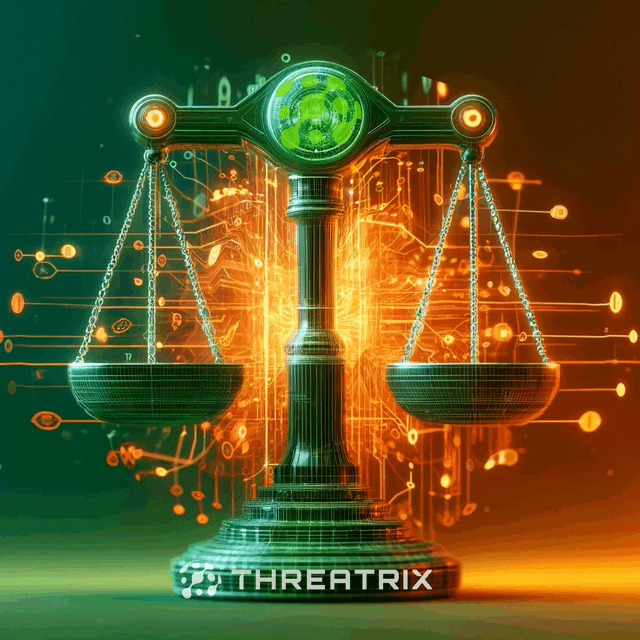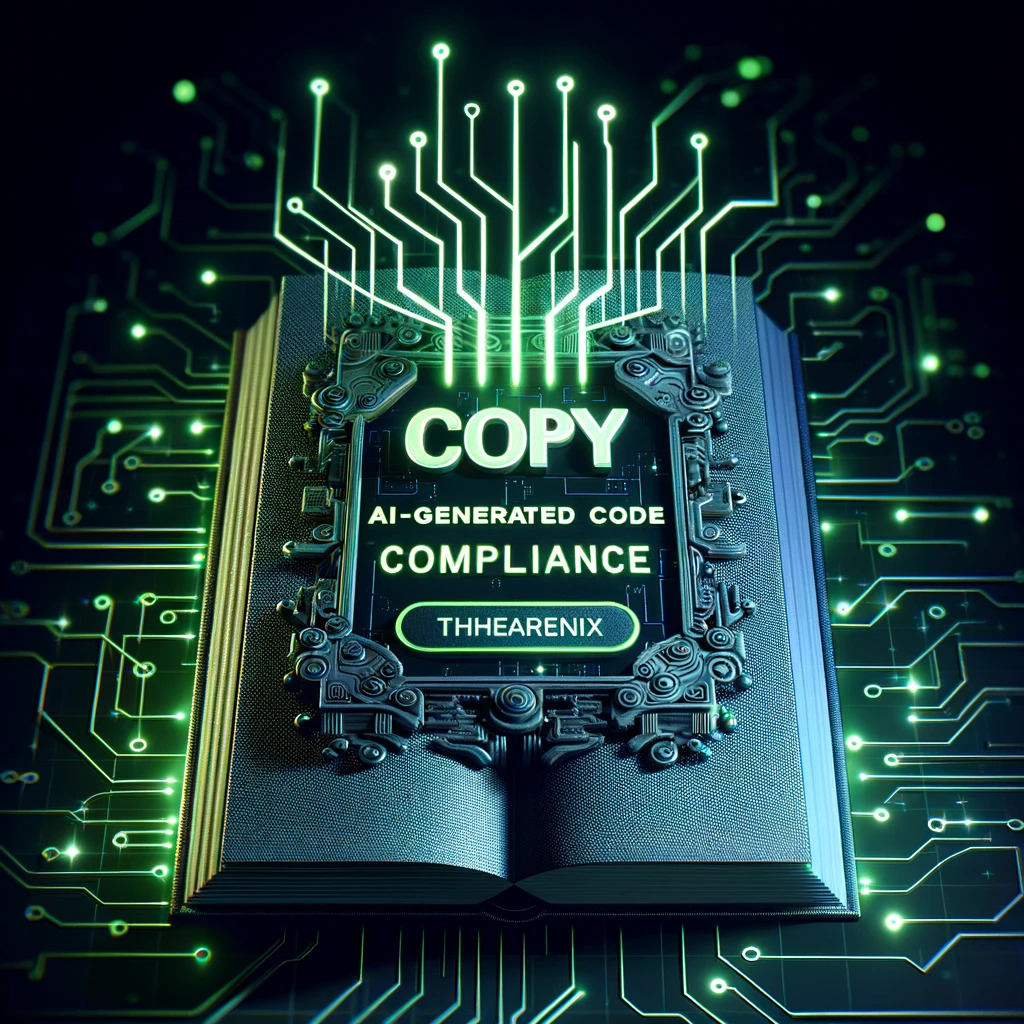As companies integrate AI-assisted code generation into their software development workflows, they face legal and regulatory challenges that extend beyond traditional open-source compliance. While software licensing risks have existed for years, AI-generated code introduces additional complexities, making it difficult to determine the original author and the legal obligations associated with its use.
Threatrix Blog
Enterprise open source security & compliance
Results for:
ClearCategory: AI DEVELOPMENT TOOLS
Clear

AI-powered tools like GitHub Copilot, Tabnine, and CodexNet are revolutionizing development, but they introduce risks related to open-source license compliance and intellectual property. Developers must understand copyright laws, as AI-generated and developer-written code can unintentionally infringe on existing copyrights. Threatrix helps manage these risks by automating compliance checks and attribution, ensuring real-time monitoring and protecting legal interests.

Detecting AI-generated code is increasingly vital as artificial intelligence shapes the future of software development. This comprehensive guide for 2024 delves into the significance of identifying AI-generated code and the essential considerations for developers to maintain compliance and avoid legal complications. We highlight the importance of understanding open source licensing origins, attribution requirements, and compatibility between the different licenses.
The European AI Act, developed after extensive legislative deliberation, is the first comprehensive regulation for artificial intelligence systems, including general-purpose AI models (GPAIMs). Given the European Union’s proactive stance on technology regulation, developers and users worldwide should closely examine the AI Act's requirements and exceptions, particularly those related to open-source technologies. This understanding will be essential as similar regulations are likely to emerge globally in the near future.

License compliance for AI-generated code has become crucial as AI continues to reshape software development, driving innovation and increasing complexity. In 2024, the integration of AI in creating functional code is now a standard in software engineering, intensifying challenges related to open source licensing and attribution. This complexity necessitates robust software composition analysis tools to manage compliance effectively, ensuring that innovations do not breach intellectual property laws or open-source legal requirements. As AI developer tools like chatbots and code assistants evolve and use extensive existing code bases, including vast amounts of open-source, they highlight the importance of accurate attribution and compliance with licensing. This scenario underscores the need for developers and corporations to adopt a nuanced approach to legal and ethical issues in software development, requiring more than just technical skills but a deep understanding of the legal landscape.

Integrating Artificial Intelligence (AI) for code generation presents significant advantages and notable challenges. While AI boosts productivity by automating tasks and speeding up code creation, it also raises questions about the authenticity and quality of the resulting code. To address these concerns, AI-generated software code detectors are crucial. Let's delve into how developers can use these tools to ensure the integrity of their codebases, with a special focus on Threatrix, the leader in open source software risk management.

In 2024, open-source software continues to be a powerful driver of innovation, offering significant cost savings for developers and companies. However, the landscape is becoming more complex with the advent of AI development tools. These tools, trained on billions of open-source files, can automate and enhance coding processes but also introduce significant compliance challenges. Open-source components are governed by a range of licenses, from permissive to highly restrictive, each carrying specific obligations and restrictions. It’s crucial for users to navigate these complexities to fully leverage open-source software while adhering to legal and ethical standards.